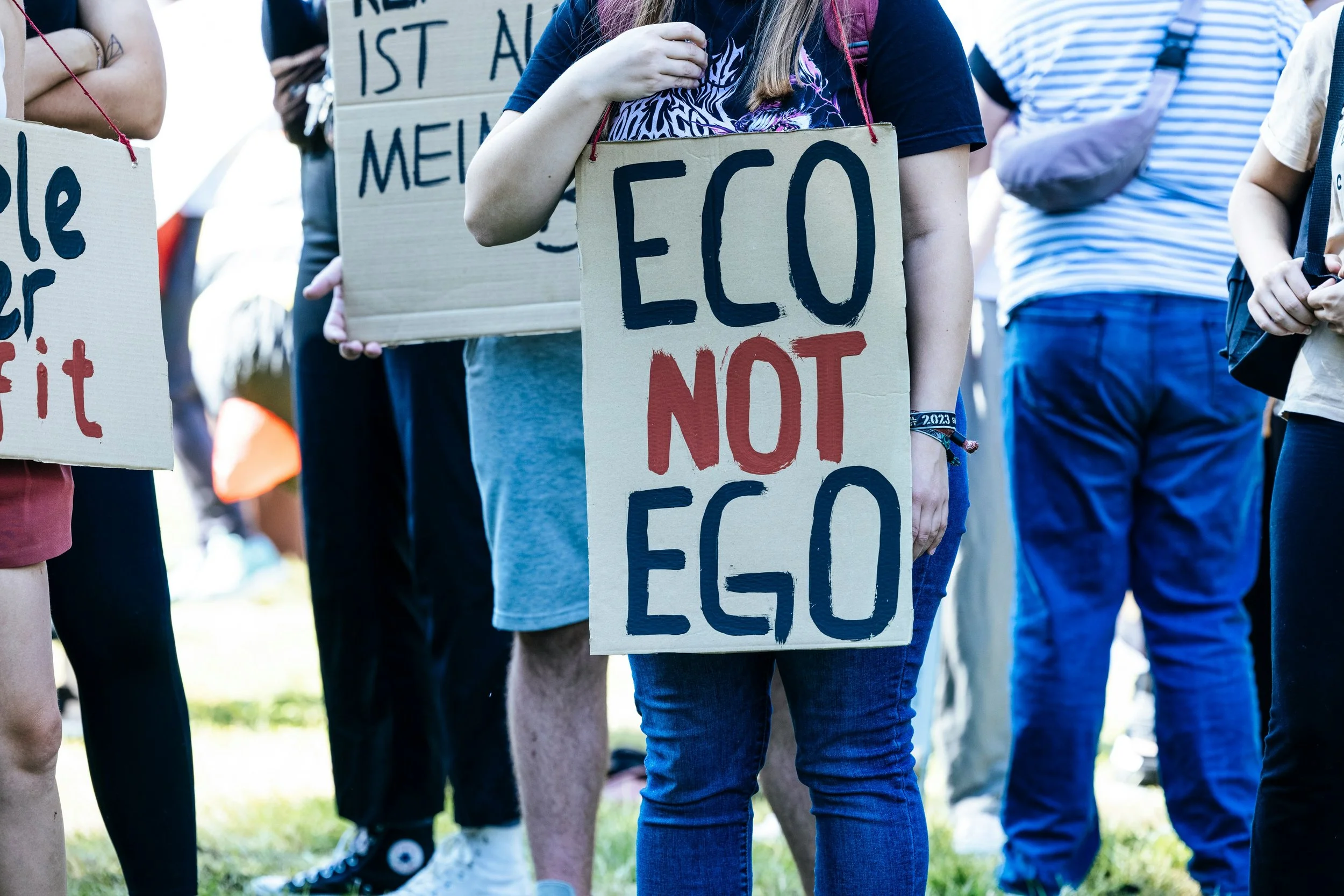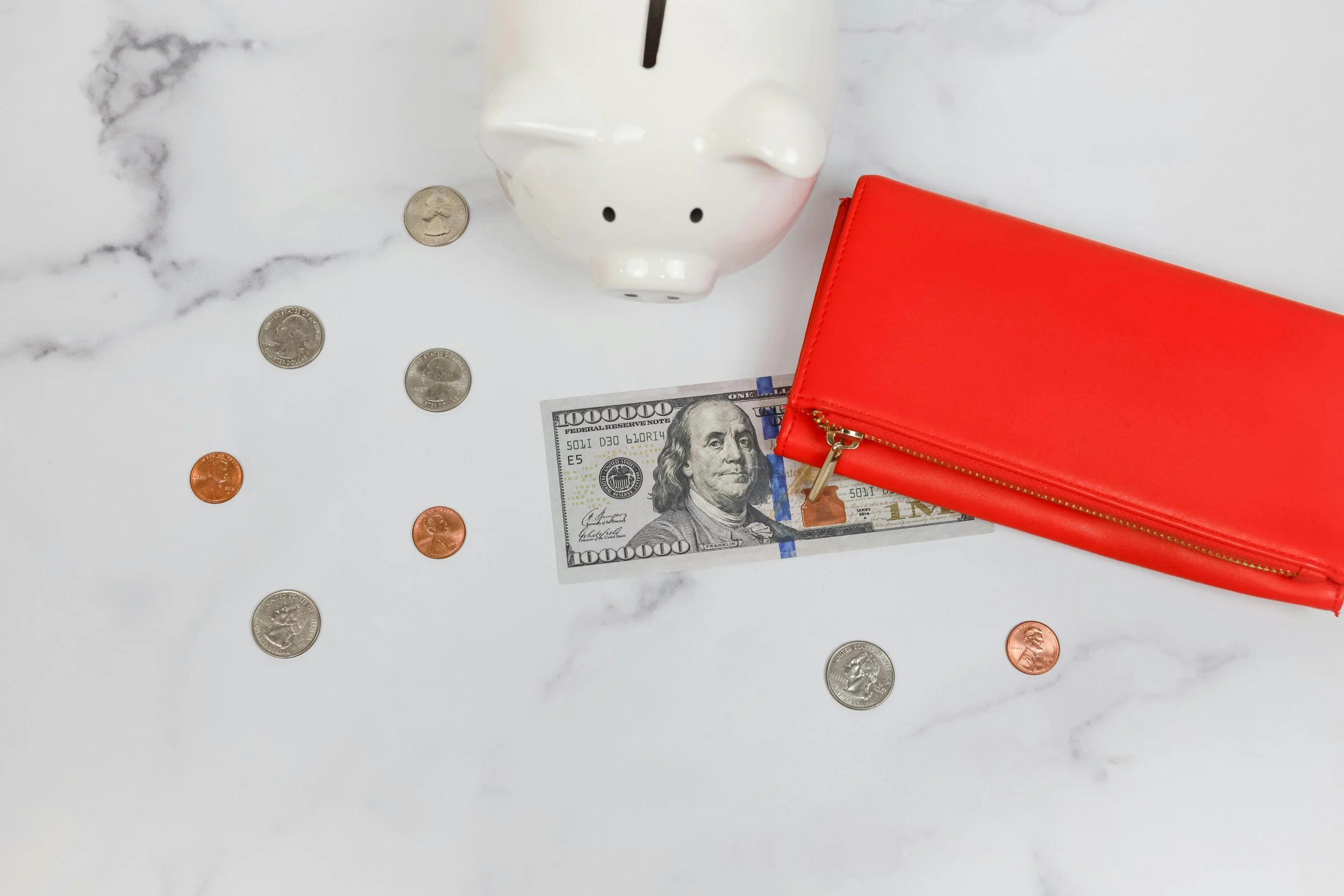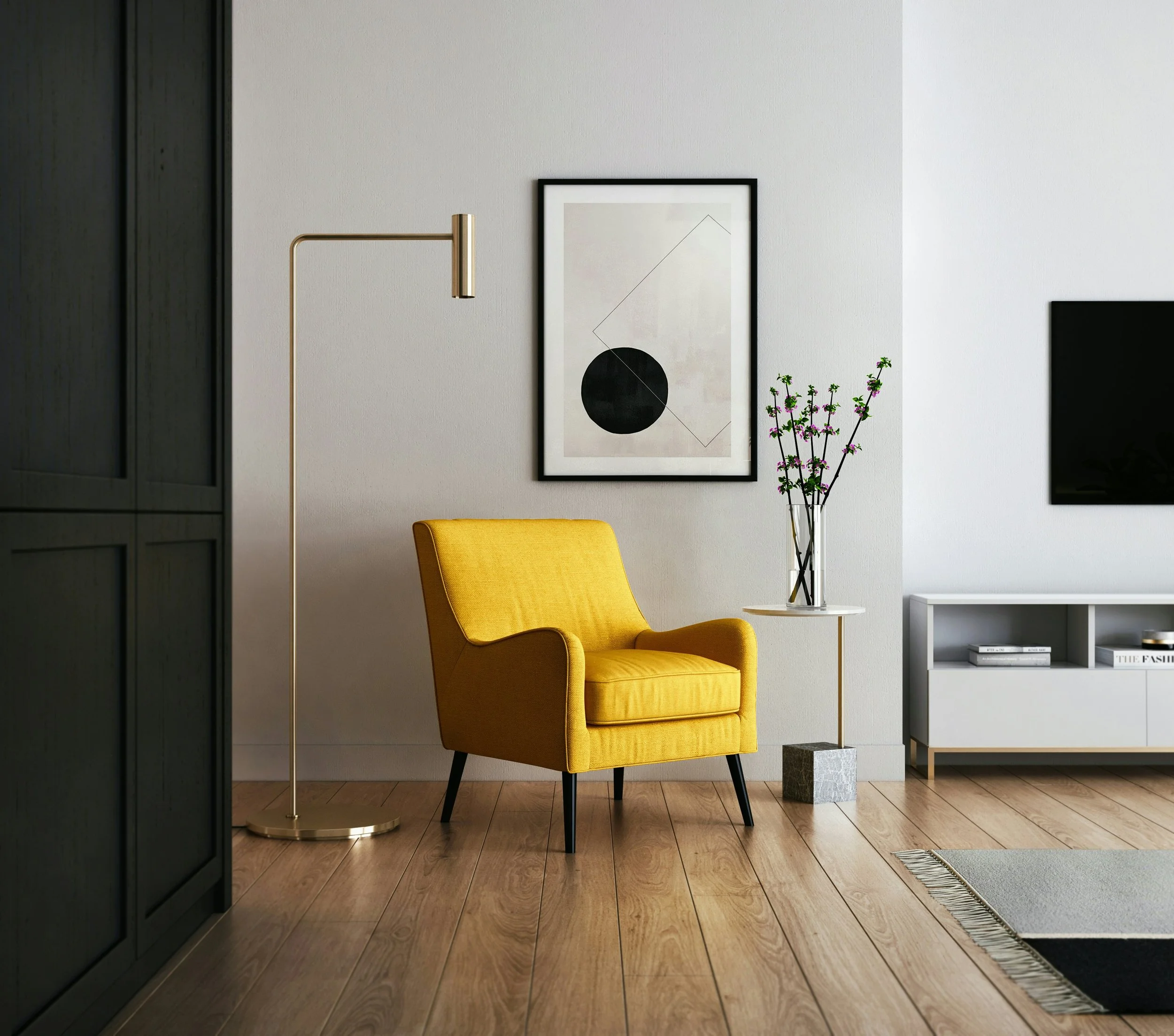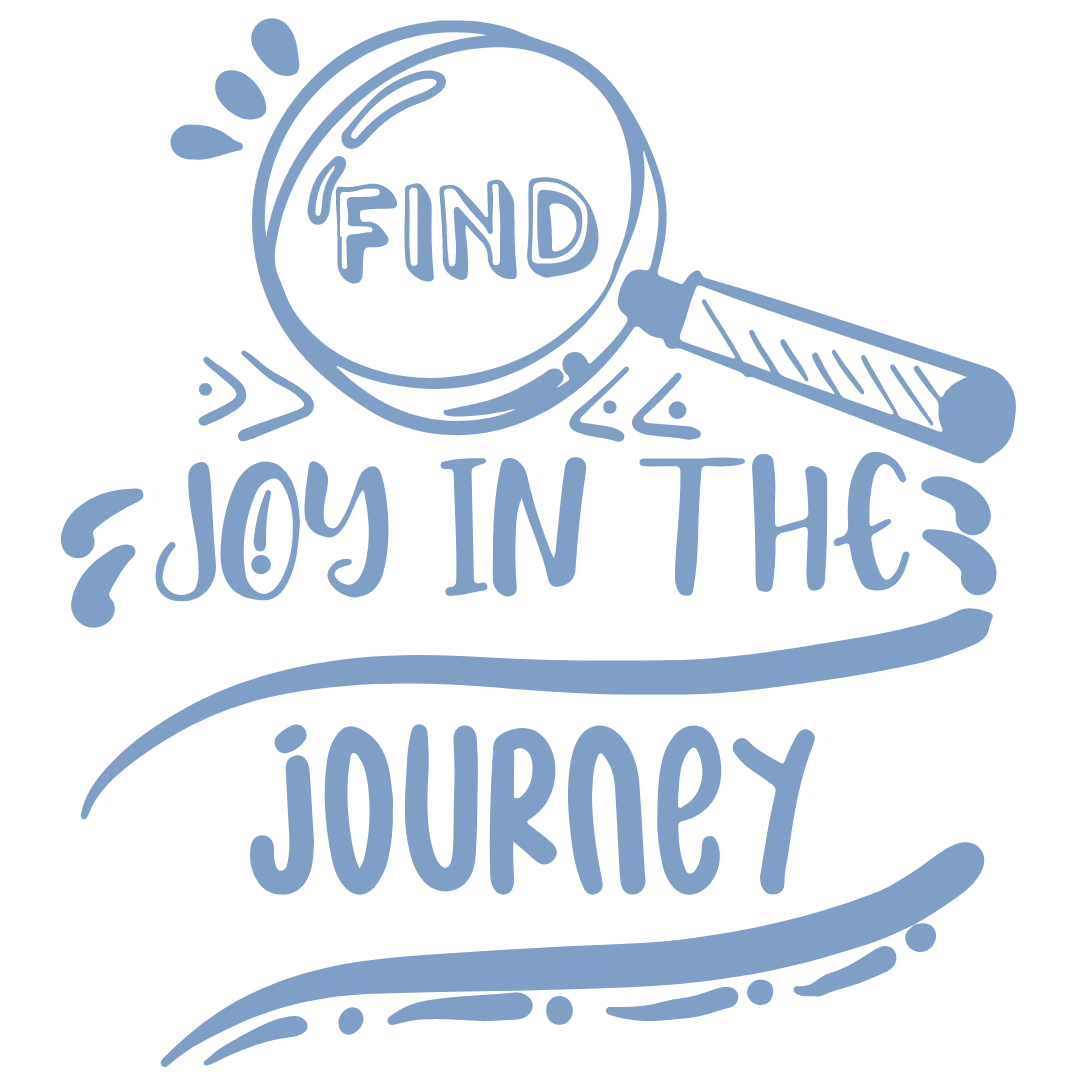Simplify Your Life: 7 Proactive Ways a Minimalist Mindset Leads to Full Satisfaction and Happiness
Photo by K8 on Unsplash
I’m sure we are all familiar with the phrase LESS IS MORE. As a matter of fact, I didn’t grasp the meaning of the phrase until later in my adult years. I asked myself — if less is more, then what is ‘less’? Is ‘less’ universal or personal?
I realized ‘less’ meant living a simple life. A simple life full of things that matter most and finding satisfaction with them. Living a simple life is a choice. I chose inner peace and self-awareness.
I didn’t stumble on minimalism, and was like ‘Oh yea, that sounds trendy’. No, far from this. It was a thought process where I decided to place higher values on the most basic but important things in my life.
It was more of a moment of self-discovery and less of a lifestyle change. My minimalist mindset shift wasn’t out of boredom but was borne out of a necessity for a more purposeful life.
So, let’s put meaning to this ‘fancy word’ that many have embraced on their journey through life.
Minimalism — A Concept or Way of Life
Minimalism emerged from art as an objection to the usual artistic expressions. The idea of Minimalism was to draw viewers’ attention to the art itself and away from what it represented.
This idea was started in the 1960s by some young artists in New York. Minimalism meant using simple shapes for artistic expression instead of art copying the real world.
Minimalism turned the spotlight on the object itself, not what it was representing.
It was an idea of “what you see, is what you see”.
Photo | Daniele Levis Pelusi | Unsplash
The concept of minimalism embraced simplicity over abstractness, and less over more. This idea has spread from art to other areas of life such as lifestyle and design.
In lifestyle, minimalism implies necessities over wants. It promotes a mindset of buying what you need and not what you want.
Vernon Howard, a philosopher, and teacher summed it up by saying
“You’ve lived a successful life when all you ever want is all you ever need.”
Minimalism shifts your attention from distractions to things that matter most. You’re focusing your time and energy on simple and important stuff that fits your values.
As humans, we all have different values. We lean towards different core values based on our personal lives and experiences.
Minimalism is not about living a cheap or boring life. It’s about living with intention a life that meets your core values.
For clarity, let’s dig in…
Types of Minimalism
There are different types of minimalism. Types of minimalism derived from personal intentions and what matters most (values).
Essential Minimalism
Essential Minimalist’s main focus is on needs not wants. Essential minimalist buys only the vital stuff — food, clothing, and other necessary supplies.
The intention is to reduce waste by having their needs in small supplies.
They are very conscious of what they buy and own only the basic important stuff needed for a quality life.
Photo | Leonie Wise | Unsplash
Eco Minimalism
These minimalists have a clean environment and a sustainable living mindset. Their main focus is on saving the planet from pollution and deterioration.
Their environment-conscious values influence their activities. Eco minimalists care about how their day-to-day living positively impacts the world.
They are conscious of reducing waste. They may support recycling efforts or take part in tree-planting projects.
Photo | Markus Spiske | Unsplash
Frugal Minimalism
The primary focus of a frugal minimalist is to spend the least amount of money on the most important stuff. A frugal minimalist buys only the necessary things.
Frugal minimalists intend to set goals that fit their financial values. For frugal minimalists spending less on basic needs is key — it’s like having a quality life on a Walmart budget.
For example, a Frugal minimalist may decide to buy a good used car instead of a new one or buy a few good used shoes.
Photo | Katie Harp | Unsplash
Aesthetic Minimalism
An aesthetic minimalist’s primary focus is the visual appeal of things. Aesthetic minimalist’s principle lies in the simple outlook of the things around. The intention is to buy or own things with aesthetic values attached to them — less furniture or a smaller closet in a home.
An aesthetic minimalist is thoughtful about simple yet appealing forms of things — a simple display in a home or office, and a well-organized closet or kitchen.
Photo | Kam Idris | Unsplash
Mindful Minimalism
A mindful minimalist finds happiness in a simple everyday life. A less complicated life. A mindful minimalist’s main focus is inner peace — peace from within and free from external influence.
A mindful minimalist is conscious of what to buy and own. Mindful about owning less stuff and removing the things that won’t bring joy.
A mindful minimalist finds satisfaction in a few simple things — cleaning up clutters that distract growth and way of life.
Photo | Lesly Juarez | Unsplash
Digital Minimalism
A digital minimalist declutters all digital space — phone apps, email inboxes, tablet notifications, or device storage.
A digital minimalist is conscious of what stays on every device — removing unimportant stuff. Digital minimalists value a simple and organized digital space.
Photo | Solen Feyissa | Unsplash
You might be wondering what kind of minimalist I am. If I had to define it, I’d call myself a "MindFrugalEssential Minimalist"—a bit of a mouthful. I know, but it feels right to me.
This term is something I came up with to capture my unique approach to minimalism. It’s a blend of being mindful of my thoughts, spending less, and focusing on the essentials. My journey hasn’t been about fitting into any one category. But finding a balance that resonates with my values and brings me peace.
Ok. let me break that down…
Minimalist Mindset — My Shift
I embraced minimalism for self-awareness—a need to understand myself. My shift in mindset came from a deep desire for clarity and purpose in my life.
I wanted to strip away the noise and distractions that kept me from knowing who I was and what I wanted.
It wasn’t only about owning fewer things, it was about discovering more of myself. And so, I started this journey toward a simpler, more intentional way of living.
Let’s dive into what that journey has been like...
Image on Canva
How Embracing a Minimalist Mindset Led to Full Life Satisfaction and Happiness: 7 Personal Lessons
1. Grateful for the simple things
I keep a gratitude journal to remind myself of the blessings in my life—family, good health, a clear mind. But its true impact became clear when I faced one of my toughest challenges. In that moment, I asked myself— what matters most?
Writing down even the smallest things I was thankful for created a shift inside me. I found strength and clarity. I began to see challenges not as setbacks, but as opportunities for growth and inner peace.
Isn’t it amazing how such a simple practice can bring about profound change? Now, I am grateful for every step of this journey, finding peace even in difficult moments.
2. Finding contentment with what I have
I used to believe happiness came from having more money, possessions, and achievements. But one quiet afternoon with my family, I wondered why I was chasing more when I already had what mattered.
I realized true fulfillment isn’t found in comparisons or material gains. But in appreciating the simple things—the warmth of family, a modest saving, and the freedom of time.
Isn’t it funny how we often overlook what brings the most joy? By valuing what I already have, I found a deeper satisfaction and a clearer sense of what makes me happy.
3. Committing to simple things that meet my values
I reached a point where I felt lost in the chaos of daily life, always rushing and trying to do more. Then I asked myself, what if I slowed down and focused on what mattered most? I decided to align my actions with my values, choosing simplicity over complexity.
I cherish small moments with family and a daily thirty-minute workout. I found joy in creative pursuits like photography and writing. I also made an effort to manage my finances, saving bit by bit to pay off my debts.
Learning to cook also helped me save money and brought unexpected satisfaction. Isn’t it amazing how small, intentional changes can lead to a clearer, more purposeful life?
By focusing on what resonates with me, I discovered a sense of fulfillment I hadn’t realized I was missing.
4. Time is my most valuable resource
I used to feel like I was always running out of time, scrambling to get everything done. Then it hit me—we all have the same twenty-four hours, but it’s how we use time that counts.
Why was I wasting time on things that didn’t add value? That realization led me to be more intentional with my time. I avoided distractions that didn’t help me grow.
I started reading motivational books that uplifted my spirit and offered new perspectives. I made space for quiet reflection on my priorities. I cut back on mindless scrolling through social media and TV shows.
Isn’t it surprising how much clarity comes from focusing on your core values? By being mindful of my time, I found a deeper sense of purpose and fulfillment in everyday life.
5. Letting go of things that don’t serve me
I used to hold onto things for too long, telling myself, "I may need this someday." Then I had a moment of clarity—why hold onto so many things when I only needed a few? This shifted my mindset. I saw how my habit of overbuying was cluttering my space and mind.
I’m more mindful about what I bring into my life. I've learned to choose to buy only what I need rather than what I want. It wasn’t easy—it took practice and self-control.
But isn’t it freeing to let go of the excess and focus on what serves you? This journey has taught me that less can be more, and clarity comes from letting go of what we don’t need.
6. Less worry over things out of my control
I used to overthink everything, planning every detail of my life. I never wanted surprises because they stressed me out. But then I asked myself why I was stressing over minor things.
I realized I was wasting energy on distractions instead of what mattered most. I chose to let go of perfection and embraced a new mindset—what will be, will be.
I focus on what aligns with my values—spending more time with family, working toward financial independence, and finding inner peace.
Isn’t it amazing how much lighter life feels when we focus on what matters and let go of the unnecessary? This shift brought me closer to a life of simplicity and purpose.
7. Believe in me
I used to worry about what others thought of me and whether I was meeting their expectations. Then, I asked myself—whose life am I living? That question changed everything. I realized I didn’t need anyone’s approval to pursue what aligned with my values.
I began to do things on my terms, focusing on my goals and happiness, taking it one step at a time, and learning along the way.
Isn’t it freeing to let go of the need for validation and follow your path? This shift brought me a deeper sense of purpose and fulfillment. I chose the freedom to create a meaningful life for myself.
In the end, embracing a minimalist mindset isn't a walk in the park. It’s a careful choice, a conscious decision to change how we live and see the world. It can take time to adjust to this new way of thinking, but that’s all part of the journey.
Minimalism is more about finding clarity and purpose in life. It's about focusing on what aligns with your core values and brings you true joy.
It’s about simplifying, not for the sake of having less, but for the freedom that comes with it. The freedom to live a life that feels more real and meaningful.
Graphics on Canva









